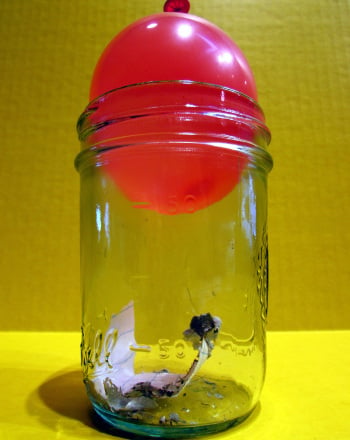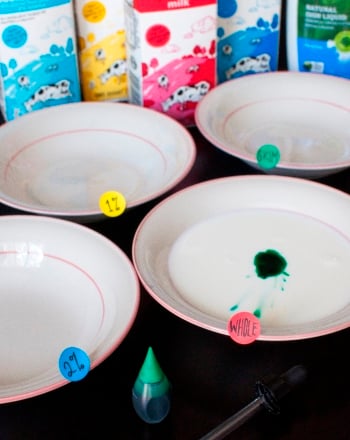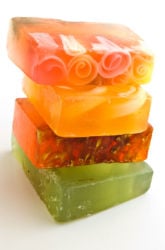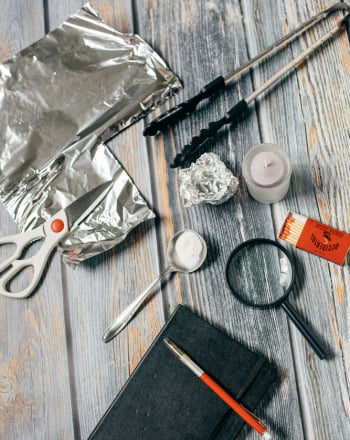Science project
Heat Transfer Experiment
Heat energy is constantly being transferred from one substance to another. Heat energy always moves from the hotter material to the colder material. When you hold an ice cube, it might feel like the coldness is creeping up your hand, but it’s actually the other way around—the heat of your body transfers to the ice cube, which results in the ice cube obtaining a higher temperature and eventually melting.
Conduction is the most efficient form of heat transfer. In conduction, molecules of the warmer substance are moving faster than the molecules of the cooler substance. When the faster moving molecules collide with the slower moving molecules of the cooler substance, some of energy of the warmer substance is passed on. The cooler molecules that were directly collided with are moving faster, and when they collide with the surrounding cool molecules, they start moving faster too. Conduction is kind of like the game “telephone,” where the message is passed on by every individual in the circle.
The speed of conduction depends on how different the temperatures of the two objects are, how far apart they are, and what type of materials are conducting the heat. For instance, metal is a far better conductor than Styrofoam. That’s why metal is used for cooking and Styrofoam is used for the disposable coffee cups.
Materials
- Refrigerated butter or margarine
- Long metal spoon
- Pony beads
- Large glass Jar
- Hot tap water
- Timer
Procedure
- Using tiny bits of cold butter, secure the three beads to the spoon handle. Make a hypothesis as to which bead will fall off the spoon first.
- Have a grown-up fill the jar with enough hot water so that just the bowl of the spoon is submerged.
- Place the spoon in the water, set the timer, and watch.
Results
You are likely to see bead A drop off first, then bead B, and then bead C. The time it takes to do this depends on how warm your water is, and the type of butter and spoon you used.
Why?
Remember that conduction involves direct collisions between the molecules. For your particular heat transfer experiment, the source of the heat energy is the warm water. The molecules of the warm water first collide with the metal molecules in the bowl of the spoon. The molecules in the bowl of the spoon are moving faster, and they are closest to the molecules in the lowest part of the handle, so that is the next place the heat energy is transferred. The first of part of handle to get the conducted heat energy is under bead A, so the butter under that bead softened, and the bead fell off. The heat energy continued travelling along the spoon, reaching the butter under bead B next and bead C.
Education.com provides the Science Fair Project Ideas for informational purposes only. Education.com does not make any guarantee or representation regarding the Science Fair Project Ideas and is not responsible or liable for any loss or damage, directly or indirectly, caused by your use of such information. By accessing the Science Fair Project Ideas, you waive and renounce any claims against Education.com that arise thereof. In addition, your access to Education.com's website and Science Fair Project Ideas is covered by Education.com's Privacy Policy and site Terms of Use, which include limitations on Education.com's liability.
Warning is hereby given that not all Project Ideas are appropriate for all individuals or in all circumstances. Implementation of any Science Project Idea should be undertaken only in appropriate settings and with appropriate parental or other supervision. Reading and following the safety precautions of all materials used in a project is the sole responsibility of each individual. For further information, consult your state's handbook of Science Safety.












